- Mar 2016
-
-
And in Flint, some residents are frustrated that the plan doesn't call for immediately removing all lead service lines.

-
-
www.economist.com www.economist.com
-
“How do you fight millions of dollars of fraudulent commercials pushing for crooked politicians?”
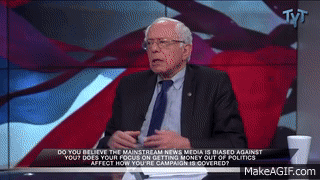
-
The fear now is that the avalanche of digital information might push things the other way.
And that once again, those with power and money will give the rest of us a little gift ...

-
Governments that were digitally blind when the internet first took off in the mid-1990s now have both a telescope and a microscope.
Yikes

-
Ever more data and better algorithms, they fret, could lead politicians to ignore those unlikely to vote for them.
This is the crux of it all -- who has access and who does not have access means who has a voice and who does not have a voice. Who gets ignored?
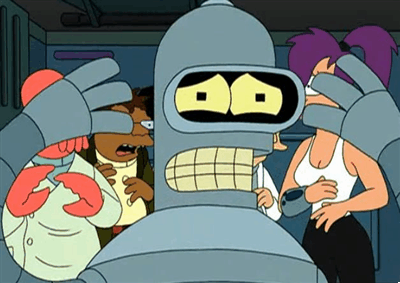
-
But it is beginning to spill out from the ivory towers, and is gradually spreading to other countries.
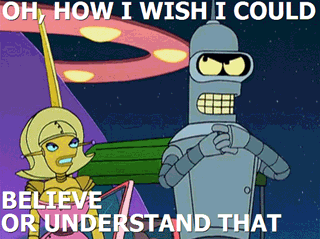
-
The internet and the availability of huge piles of data on everyone and everything are transforming the democratic process, just as they are upending many industries.
And this is a good thing, right? Unless of course, the "crowd" has views opposite your own, and then it is a bad thing. I like the focus here of localizing the impact of the flattening, improving lives in our cities and towns.

-
“I will be using Facebook & Twitter. Watch!”
"Where I won't have to say anything of real substance because it's only status updates anyway"
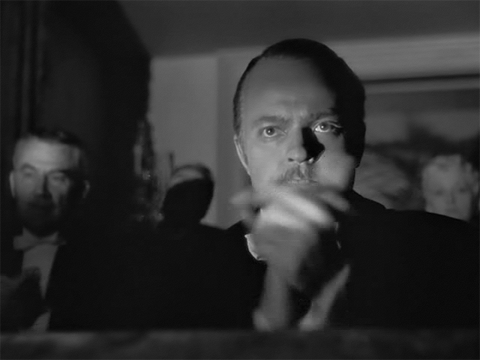
-
-
medium.com medium.com
-
I suspect a lot of Americans have had enough of 25 years of Clintonocracy, but who knows
Not me, though. I am still one of the fans of the centrist theme and message of the Bill Clinton years but I often feel very lonely in that zone. I'm not saying Hillary does it for me, either. But Bernie is too far left for my taste.

-
Ignore us at your peril.

-
And there have never been as many Independents as there are right now.
So, there is a possibility of some sanity ... unless of course, it is the nutjobs who have also opted out of the political parties and will make an even stronger lurch to the right or left than the primaries are showing right now.

-
DINO

-
independent voters
This may be the key to the unknown element of the election -- while the primaries tell one story, the general election may unfold another - driven by those of us not affiliated with either party. Whose message will reach those people?
-
-
www.slate.com www.slate.com
-
On Saturday, Lewandowski was again caught getting rough on camera, this time with a protester in Arizona, and again the campaign denied it despite visual evidence.
https://www.youtube.com/watch?v=szkOYl8IbUY
Again, with facts almost indisputable and so easily accessible, they seem to be devalued as if the law of supply and demand applied.
-
We used to fact-check everything, every day,” another reporter told me, “but it gets hard to keep up.” For a writer filing on deadline an hour after a rally ends, there’s not enough time to thoroughly fact-check the dozens of fabrications that spilled from the stage. It’s also hard to know who the fact-checking is for. At this point, anyone who hates Trump has ample evidence he’s a liar. And anyone who loves Trump doesn’t care.
Interesting how humanity's capacity to fact check everything has led to a disregard for facts.
-
-
-
I ask Hidalgo if she visits news sites or anything political. No way, she says: "I'm paying for this; I'm not going to waste my money on politics."

-
-
www.nytimes.com www.nytimes.com
-
along with an incident in which a member of the crowd punched and kicked a protester and another that involved Mr. Trump’s campaign manager.

-
politics news updates
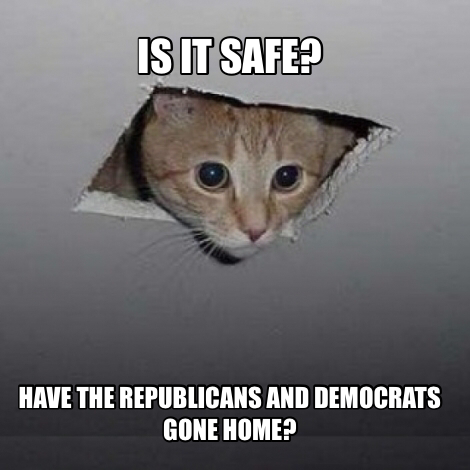
-
Mr. Trump’s rallies have been anything but usual
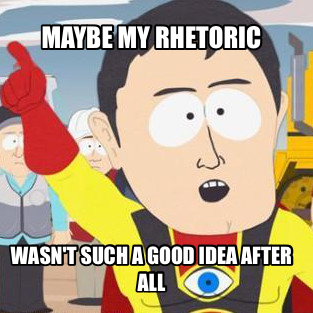
-
the protester was part of a group behind Mr. Trump that had been jeering him as he spoke.

-
The cameras showed the crowd member being quickly led out by police officers

-
rally
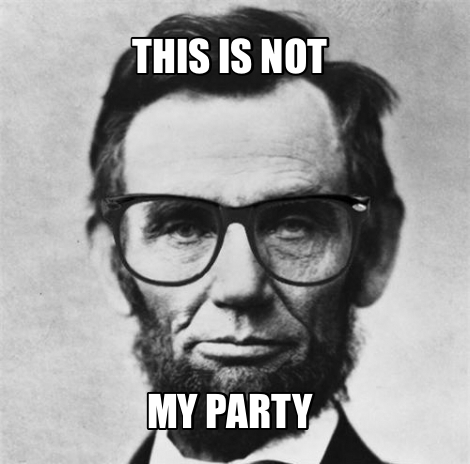
-
set up a roadblock

-
“a disgusting guy,”

-
Donald J. Trump’s
-
Less than two weeks ago, Mr. Lewandowski was accused of roughly grabbing a reporter from Breitbart News, Michelle Fields, as she tried to trail Mr. Trump to ask a question after a news conference in Jupiter, Fla. Ms. Fields has filed a police complaint against Mr. Lewandowski, who has not been charged. He has denied that anything happened and has called her “delusional” on Twitter.
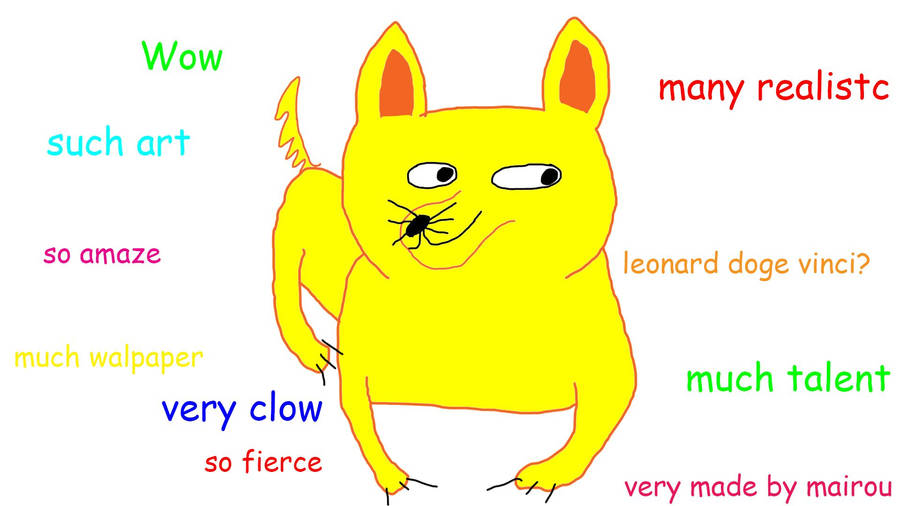
-
In another incident, cameras recorded Mr. Trump’s campaign manager, Corey Lewandowski, and a man who appears to be a member of the security detail confronting a protester.

-
another in an American flag shirt
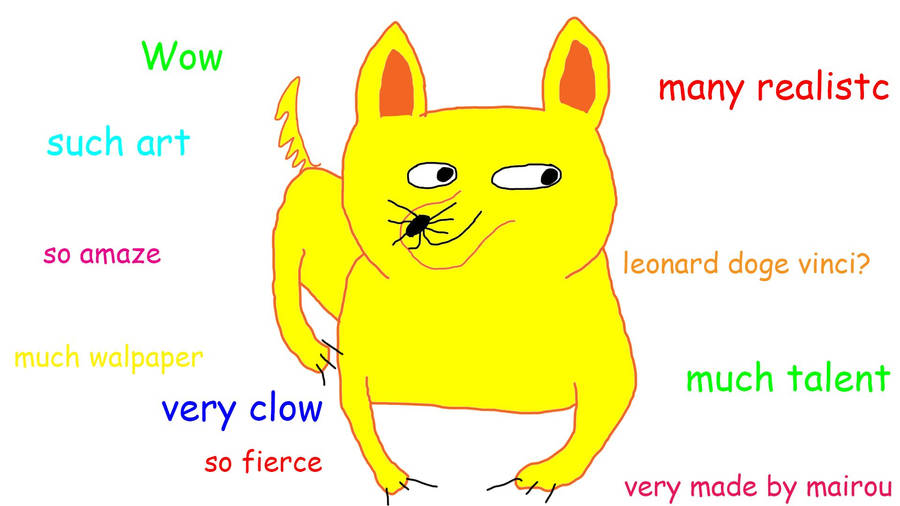
-
-
www.msnbc.com www.msnbc.com
-
People for Bernie, a large unofficial pro-Sanders organization founded by veterans of the Occupy movement and other lefty activists.

-
-
www.mdpi.com www.mdpi.com
-
Leveraging is an appropriation, and at times, repurposing of structures, tools, concepts, etc. in service of individual and shared interests.
I like the concept of a "repurpose" beyond the original intent of the tool or tech or whatever. That's where the agency of the user has roots.
-
By focusing on the remix moments that rupture existing power structures and impede the neoliberal flows toward efficiency, effectiveness, and individual competition, we can begin to understand how remix functions as an inflection point for developing individual and shared agency among MOOC participants, working together to coproduce knowledge and minimize hierarchies in this community of practice.
What this report does that we in CLMOOC did not always do is to circle back around. I am not sure what "neoliberal flows" are but the inflection points of remix moments -- where the idea took root and then expanded -- is a fascinating topic to examine.
-
remix as a kind of cultural glue
Cultural glue is an interesting phrase ...
-
Michael, a CLMOOC participant who had participated in the 2013 CLMOOC and had then spent the school year remixing his classroom space based on newfound desires for creating a learning-centered classroom, tweeted in response that there should be a special in-depth CLMOOC-hosted Make with Me Google Hangout devoted to the conversation. Rather than a space for focused discussion about an idea, Make with Me’s were typically focused on sharing and demonstrating approaches to making and composing. However, the participation structure afforded extended conversations, allowing participants to delve deeply into their shared inquiry questions. In the next tweet, Karen, a CLMOOC facilitator, who had also expressed that she was challenged with the idea of “story” across the weeks, agreed to do the backend work to set up the Hangout through the CLMOOC website. It was then co-hosted by Karen and Michelle with five other participants and facilitators on the screen and several simultaneously tweeting during and after the Hangout. In these ways, they appropriated the Make with Me Google Hangout structure to sustain and grow a participant-driven conversation.

emergent leadership
-
Undeterred, both Amy and Terry responded saying that they were not offended or disrupted. Amy tagged Vera again stating that she wasn’t offended by the comments and hoped that the sharing of images would promote a discussion of perspectives on those images. Terry rejoined similarly with, “No exception taken by me here. So glad to see folks engaging”. He then continued to interrogate the United States’ border actions, linking the anti-immigrant tide to issues like the Common Core State Standards, as a sorting and privileging function. He ended with an invocation to elaborate on images because “like quotes, they don’t speak for themselves”. Encouraging participants to come to voice and develop positions and stances that must be articulated in nuanced ways. Amy then posted a comment that agreed wholeheartedly with Terry’s invitation. Next, Vera shared a link to a petition for child refugee resources and a blog post she composed herself in response to this interaction that curated new posts, news, petitions, activism, and blog rolls around both adjunct labor conditions in the academy and immigration issues. Original blog author Ava rounded out the discussion by thanking participants for taking up her work and detailed a para-curricular workshop she taught with undocumented youth which engaged them in analyzing multimodal texts and producing compositions that worked at the intersections of image and words to articulate experience and promote reflective and empathetic connections.
I was unaware of this interaction and was happy to learn about it here. What an interesting study of what can arise in an open course. It strikes me that everyone involved probably was prompted to think deeply about the interaction and reflect on this hands-on experience with connected learning. This retelling speaks to the need to research these types of courses for their potential as learning spaces for engaged participants. If we only judge online courses for completion rates or some notion of scalability, we fail to acknowledge these courses potential for helping us understand learning as discourse, learning as negotiation, and learning as relationship building- potential which is amplified because of the rich digital footprint a course like #clmooc creates.
-
a livestreamed Google Hangout which was called “Make with Me”
-
authors
Mia, too?

-
Stephanie West-Puckett

-
Anna Smith

-
Christina Cantrill

-
We can imagine how professional learning communities might embrace or even cultivate historical rupture to open moments of possibility for professional learning by leveraging active, collaborative, multimodal knowledge remixing as a pathway for co-creating critical approaches to technologies and new literacies.
Hopefully, more than imagine it. Let's keep pushing to make it happen.

-
n CLMOOC, the teacher is first and foremost a creator
Yes
-
Thus, it was not Vera’s remix move alone that created new learning opportunities for participants; rather, the turning happened as a relational function of artifact sharing and dialogic exchange, exchange that included both novice and experienced participants, each imbued with different kinds of power, that allowed a more critical learning pathway to emerge and subtly refigure the operational logics of the space.
So, the larger question in mooc design is this: can such turns happen without a facilitator stepping in? How do online spaces and events ... just happen ... or can they? If we diminish the role of facilitator, and flatten the expertise, does activity and "turn"ing still happen?
-
the CLMOOC professional development experience was marked by bursts of collective creativity.
True, and then we often wondered: how to sustain the burst? But maybe I see now that such thinking might be counter-active to the burst itself. Maybe the question is: what resonance happens after the burst itself and what are the echoes from the original?
-
bursting or a “burst effect”

-
Screenshot of a portion
Wish resolution was better, although the squiggly lines are interesting in terms of connections and iterations
-
The pursuit of possibility is, perhaps, the key component in CLMOOC’s orientation toward professional development designed for potential rather than outcomes.
Love this phrasing: "The pursuit of possibility" because it captures the essence of exploration and play, and maybe arriving at a destination that you didn't even know existed, but had faith that your journey will lead you somewhere.
-
Joe

-
bursting
Interesting term to use ...
-
openly networked, production-centered, participatory learning collaboration for educators

Tags
Annotators
URL
-
- Feb 2016
-
gamesandlearning.wordpress.com gamesandlearning.wordpress.com
-
Through open annotation, students in Games and Learning are appropriating contexts not designed for play – including graduate education, online learning, and asynchronous text-based discussion.
It strikes me that adopting a playful attitude about these contexts that are so often stripped of their fun increases the potential for innovative ideas to emerge and might also lead to stronger connections between learners. Notably, I don't think playful attitudes detract from the seriousness of the topic.
-
- Jan 2016
-
www.rookiemag.com www.rookiemag.com
-
Do you think Caveparents freaked out when the Caveteens figured out how to make fire for the first time? Probably! But then the caveteens were probably like, “Hey, wild idea, but what if we cracked these weird orbs coming out from under the chickens over the fire and then tried eating them?”
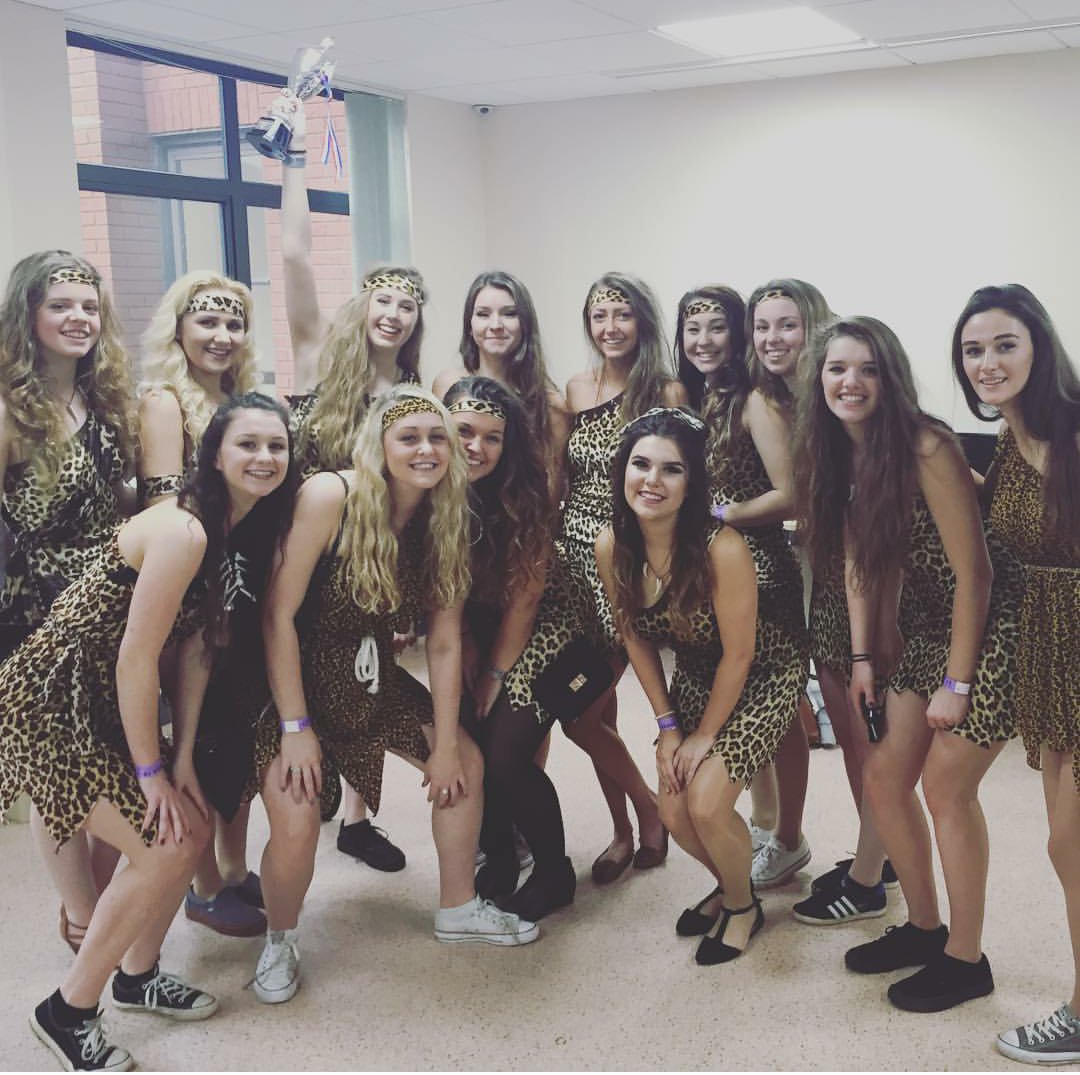
This young author reminds me that it is habitual to worry about how youth respond to changing times. To what degree does that cause us to generalize about or inaccurately portray what they do?
-
1. The “Why Do Teens Sext? Probably Because They Are So Sad From Meeting All Those Craigslist Killers On Facebook” category. These are the stories that paint teens as reckless drones who are helpless in this new frontier of technology and social media. 2. The “While Other Teens Were Playing Angry Birds, This 14-Year-Old Invented an App That Cures Cancers” category. These stories are inspiring tales of ingenuity but make other teens out to be lazy for, like, just using the internet to unwind by looking at memes.

This author has a different spin than the one presented in Participatory Culture in a Networked Era (excerpt pictured above). In addition to the pseudo snarky tone which is a distinct difference, she reminds us that our culture celebrates the extreme outliers - here, the app inventor who cures cancer - at the expense of understanding real-world, mainstream uses of the web that are constructive for many youth.
-
Annabelle, 16
This para is incredibly rich - and resonates with me, as I grew up on a small island. The exposure to other cultures is also still one I value now as the cMOOCs are broadening my circle of friends
-
Once I made internet friends, making friends in real life became much easier,
I wish that this distinction would go away. Internet life IS real life
-
It’s how I met my closest friends when I felt isolated from people who shared my interests.
Exactly!
-
-
hackeducation.com hackeducation.com
-
Decisions like ending Pell Grants for prisoners, for example.
 And here's the gap she sees that she wants us to see; the leap she wants us to make. If we break from these traditional learning structures online we can unlock political and civic opportunities. First, we have to see the opportunity to detour. If we can label what we see online as a democratization of sorts, then how do our detours muster influence? How does an annotation flash mob develop political momentum?
And here's the gap she sees that she wants us to see; the leap she wants us to make. If we break from these traditional learning structures online we can unlock political and civic opportunities. First, we have to see the opportunity to detour. If we can label what we see online as a democratization of sorts, then how do our detours muster influence? How does an annotation flash mob develop political momentum? -
Programmed instruction doesn’t simply fix the content; it fixes the relationship between learner and instructor (whether machine or human). There is no reciprocity there, for starters. And there’s little opportunity to express oneself outside the pre-ordained — the programmed — design.
Can we see potentials for a shift here in cMOOCs? Even those conducted with the "instructors as experts" operate in a space where the traditional authority structure breaks down really quickly as learners connect, interact, and pursue learning paths of their own. Even when those paths are brief detours from the central content, the opportunity to group up and detour is unique and holds promise as a model.

-
The content could not be “delivered,” because our analysis of political violence had to be constructed and deconstructed and negotiated, with full recognition of those who were in the class and had experienced, enacted forms of political violence — whether those students were in the pen or not. The class — connected through telephony — was networked, as in turn was the learning.
Does the interaction cMOOCs begin to make this type of learning visible? Here, it is anecdotal that the class discourse drove and shifted the content but in digital spaces we can screenshot it, mark it up and say, "This qualitative snapshot equals learning."
-
- Jun 2015
-
csreports.aspeninstitute.org csreports.aspeninstitute.org
-
We do not want to leave the school system behind. We need to keep driving toward where we want everyone to be versus waiting until everyone is ready. The end goal will involve the Internet, and there needs to be a framework for it.
But we do want to leave it behind--the words we use--"school system" tell us exactly what is at the center--schools. What we learn are learn systems where learning is at the center which implies tacit-wise that the learner is at the center.
-